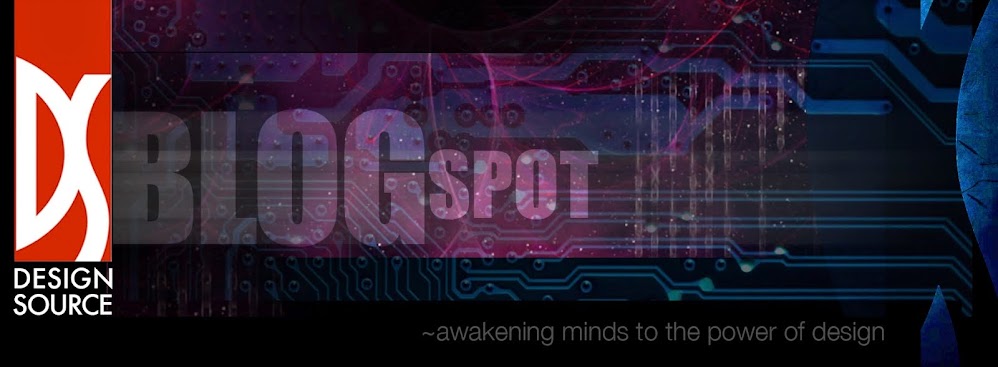click image to view larger


click image to view larger


How It's Done!
The concept behind this piece was an experiment in laser cutting utilizing personal artwork and vector converted stock photography. The final materials used were several pieces of thin plywood, wood glue, and mounted on a foam core/matte board backing, then framed.
The following is a breakdown of how the file was built in Adobe Illustrator before actual laser cutting:
Laser Cutter:
The laser cutter system used in this project was the Full Spectrum laser cutter and software with an 18" x 20" bed. A sample video of the laser in action is displayed to the left below.
Resource Imagery:
Personal art was used for some of the imagery and stock photography was used for the others. Adobe Photoshop was used to convert images into black and white and invert the contrast for effect. Adobe Illustrator was used to convert and edit the vector format.
Rules for Full Spectrum Set-up:
- .001 Stroke for all vector images
- No fills, strokes only
- Edit all files for duplicate strokes
- Use the color Red for cuts
- Use the color Black for etching
Image Trace:
Using Adobe Illustrator the scanned and/or manipulated images are then converted to vector art utilizing the Image Trace function. After the conversion the vector art is then further manipulated to meet laser cutting standards. The video to the left below demonstrates how the process is performed.
Design Composition:
Continuing with Adobe Illustrator the images are assembled and manipulated for design effect. A series of layers are used to separate the individual elements for print purposes. Using the color red to indicate where the laser cuts and the color black for where the laser etches is then assigned to specific image elements.
Speed/Power Settings:
Once the vector art meets the standards for the laser cutter the Full Spectrum software is used to communicate with the laser. A series of power settings for the Red/Cut and Black/Etch control the intensity of the laser beam to allow for variance in depth and density.
Final Assembly:
After the process of cutting and etching the individual elements is done the assembly then takes place using wood glue to stack each layer and hold them permanently into place. Many elements are assembled in a different order than intended for better visual effect. The final constructed piece is then mounted and framed.
The concept behind this piece was an experiment in laser cutting utilizing personal artwork and vector converted stock photography. The final materials used were several pieces of thin plywood, wood glue, and mounted on a foam core/matte board backing, then framed.
The following is a breakdown of how the file was built in Adobe Illustrator before actual laser cutting:
Laser Cutter:
The laser cutter system used in this project was the Full Spectrum laser cutter and software with an 18" x 20" bed. A sample video of the laser in action is displayed to the left below.
Resource Imagery:
Personal art was used for some of the imagery and stock photography was used for the others. Adobe Photoshop was used to convert images into black and white and invert the contrast for effect. Adobe Illustrator was used to convert and edit the vector format.
Rules for Full Spectrum Set-up:
- .001 Stroke for all vector images
- No fills, strokes only
- Edit all files for duplicate strokes
- Use the color Red for cuts
- Use the color Black for etching
Image Trace:
Using Adobe Illustrator the scanned and/or manipulated images are then converted to vector art utilizing the Image Trace function. After the conversion the vector art is then further manipulated to meet laser cutting standards. The video to the left below demonstrates how the process is performed.
Design Composition:
Continuing with Adobe Illustrator the images are assembled and manipulated for design effect. A series of layers are used to separate the individual elements for print purposes. Using the color red to indicate where the laser cuts and the color black for where the laser etches is then assigned to specific image elements.
Speed/Power Settings:
Once the vector art meets the standards for the laser cutter the Full Spectrum software is used to communicate with the laser. A series of power settings for the Red/Cut and Black/Etch control the intensity of the laser beam to allow for variance in depth and density.
Final Assembly:
After the process of cutting and etching the individual elements is done the assembly then takes place using wood glue to stack each layer and hold them permanently into place. Many elements are assembled in a different order than intended for better visual effect. The final constructed piece is then mounted and framed.


















